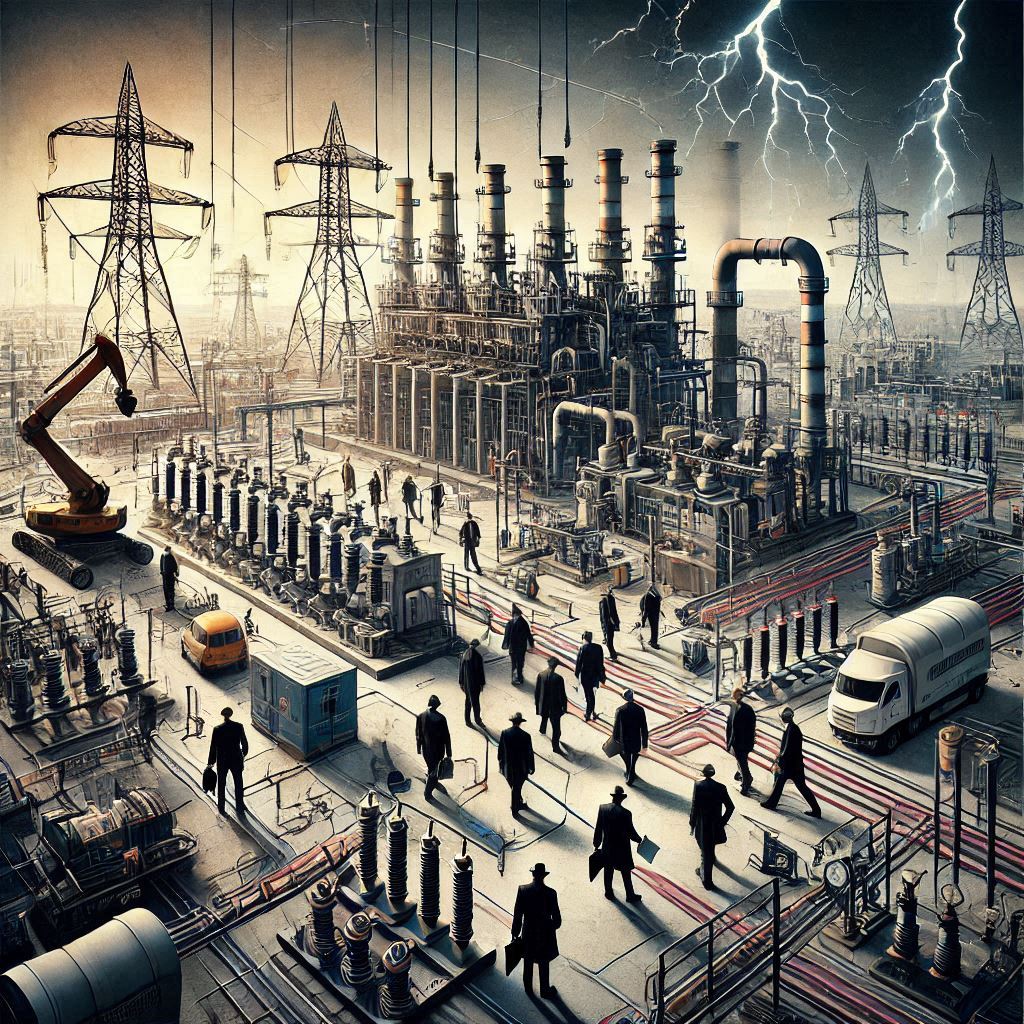Managing South Africa’s electricity sector has become a balancing act between aging infrastructure, financial instability, and growing demand. Persistent load shedding, regulatory inefficiencies, and misaligned investment strategies continue to undermine progress. Without decisive reforms that prioritize governance, sustainability, and innovation, the sector risks deepening the energy crisis and stalling economic growth. The challenge is clear: transform the system or face escalating instability.
Author Archives: Bertie Bezuidenhout
Power quality directly impacts your bottom line—poor quality erodes equipment, drives up maintenance costs, and disrupts operations. High-quality power, on the other hand, ensures efficiency, reliability, and longer asset lifecycles. By investing in monitoring and proactive management, businesses can reduce hidden losses, improve productivity, and secure a competitive edge in today’s energy-intensive economy.
Unbalanced power networks are more than a technical nuisance—they erode efficiency, shorten equipment lifespans, and inflate operating costs. Understanding power quality is essential for identifying hidden risks such as voltage fluctuations, harmonics, and load imbalances. By prioritizing monitoring and corrective strategies, organizations can improve reliability, reduce downtime, and ensure that their energy systems support both sustainability and long-term profitability.
NERSA’s role in South Africa’s electricity sector is pivotal, yet increasingly contested. As the regulator, it must balance utility sustainability with consumer protection, but inefficiencies, opaque processes, and inconsistent decision-making have eroded trust. A critical examination reveals the urgent need for reform—strengthening transparency, aligning with global best practices, and ensuring that regulation drives stability, efficiency, and fairness across the energy landscape.
State-Owned Enterprises (SOEs) and government institutions face numerous challenges, from inadequate policies and funding to ineffective leadership and corruption. The deterioration of public facilities and infrastructure compounds these issues, posing risks to public safety and necessitating extensive restoration efforts. Adopting innovative approaches that prioritize citizens and customers is crucial to overcoming these challenges. Asset Management, […]
Transforming asset management means moving beyond traditional maintenance to a holistic, lifecycle-driven approach. By integrating digital tools, predictive analytics, and strategic planning, organizations can unlock efficiency, extend asset longevity, and reduce costs. This shift positions asset management not as a back-office function, but as a core driver of resilience, sustainability, and long-term business success.
The state of asset management in South Africa reflects both pressing challenges and emerging opportunities. Aging infrastructure, limited investment, and fragmented practices continue to strain performance, yet digital transformation and lifecycle-based strategies are opening new pathways for efficiency and resilience. By embracing modern tools, clear KPIs, and sustainable planning, organizations can move beyond reactive maintenance to build a future-ready asset management culture that supports growth and stability across the economy.
Power quality has a direct influence on client billing—hidden inefficiencies, voltage fluctuations, and unbalanced loads can inflate costs without delivering real value. Poor quality not only damages equipment but also distorts consumption patterns, leading to inaccurate charges and higher operational expenses. By improving monitoring and corrective measures, utilities can ensure fair billing, reduce unnecessary losses, and strengthen trust with their clients.






